The Polar Experience
Nothing replaces the connections and relationships that are formed from in-person experiences. During three years of waiting, I was able to learn a little about particle physics, and start a relationship with researchers through virtual conversations. However, in a one-month expedition, I was able to learn and retain so much more information, and create lasting relationships with not just my research team, but other scientific teams, and support staff of the stations. This experience allowed invaluable context and situational knowledge that has been pivotal to my understanding of this science and creating connection points for my audiences.
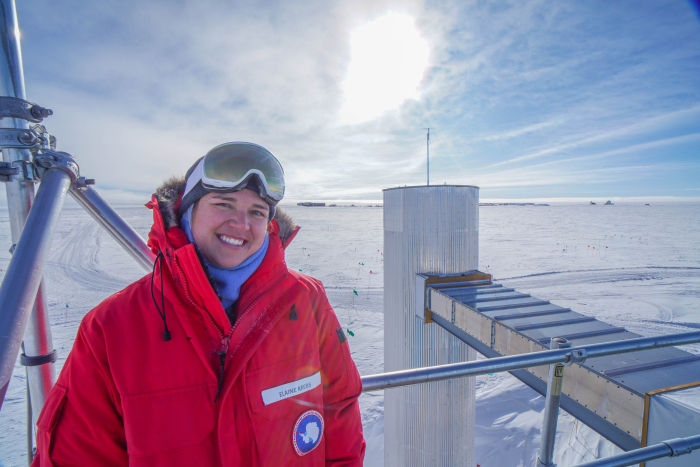
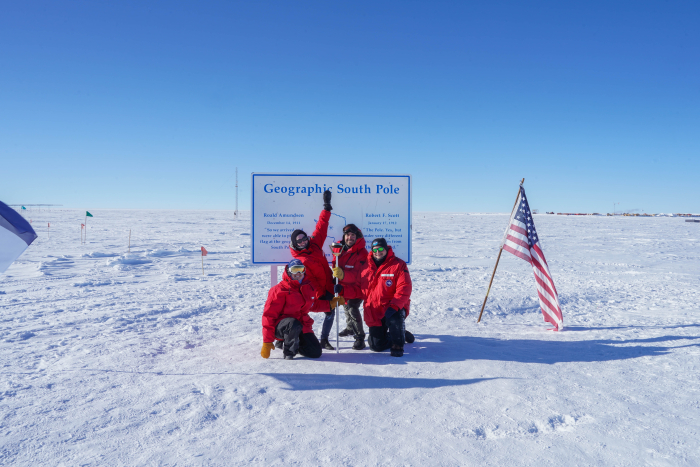
Educator/Researcher Collaboration
As an informal educator, I have access to a variety of public spaces and audiences from traditional schools, to homeschool groups, to families, to visitors to educational institutions such as museums, to virtual audiences. Researchers have access to tons of primary source information, visuals, and data sets that are often lacking from educational materials. By working together, researchers gain access to these public spaces, and educators can improve their educational material.
From working with Dr. Jim Madsen, I learned from his decades of experience working in various educational spaces - both successes and shortcomings. I was able to enhance my curriculum to be more true to scientific processes and including relevant and current scientific information. For example, instead of just sharing how stars are formed, I am now able to share what we are still trying to figure out about star formation. This creates curiosity among audience members and is more honest about the ongoing discovery process of scientific research.
Both researchers and educators can be easily overwhelmed with the demands within their own roles, but taking the time and energy to work with one another strengthens both of our goals to discover and inspire!
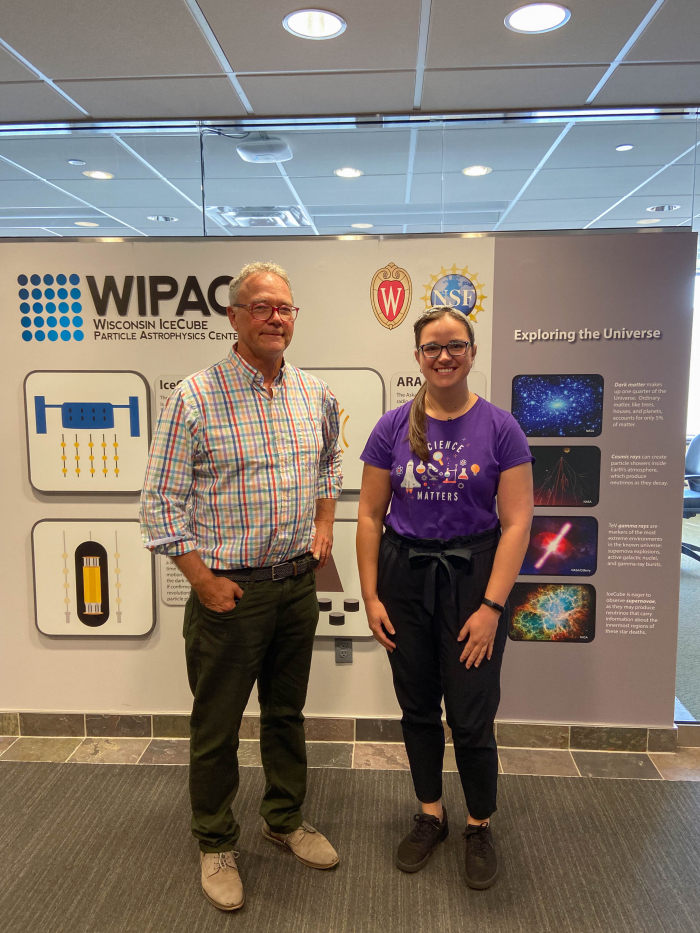
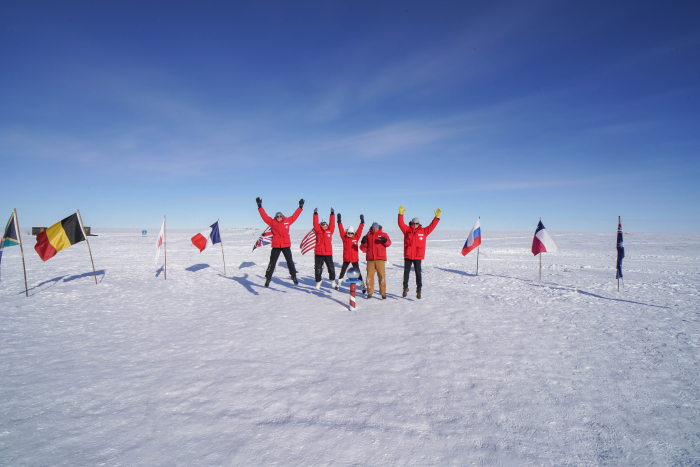
Science Explained
The goal of IceCube is to learn more about neutrinos - tiny particles that come from cosmic events in space. There are trillions of these neutrinos hitting us constantly. Most of these come from the nuclear fission reactions of our sun, and are considered low energy. Once in a while, a high energy neutrino comes from deep in space as the result of a hypernova, black hole, or other event. These high energy neutrinos are traveling close to the speed of light and therefore, are going so fast, they aren’t significantly influenced by gravitational pulls or magnetic fields (since they’re also uncharged). Once in a while, these particles come zooming through space and are traveling through the Earth when they interact with a proton or neutron inside an atom. . This collision causes the neutrino to give off a partner particle that is charged - an electron, or more exotic muon or tau - which keeps traveling in the same direction..
IceCube has hundreds of sensors called DOM’s (Digital Optical Modules) which can detect the light from the partner particle as it travels through the ice. These sensors have been melted into the ice at the South Pole just about a mile beneath the surface in a cubic arrangement (hence - IceCube!). These sensors pick up the light and send this information to computers which can tell us the direction and energy of the particle. Then, scientists can use this information to calculate where the neutrino came from, and figure out what is going on in that area of outer space.
Over the next few years, IceCube is preparing to upgrade its project with more strings of sensors and also newer sensors to get more accurate data about the particles that are coming through, and hopefully pick up more neutrinos of lower energies. This is known as the IceCube Upgrade. A more ambitious, longer-term project would add more than a 100 more strings of instruments. Stay tuned for IceCube-Gen2!
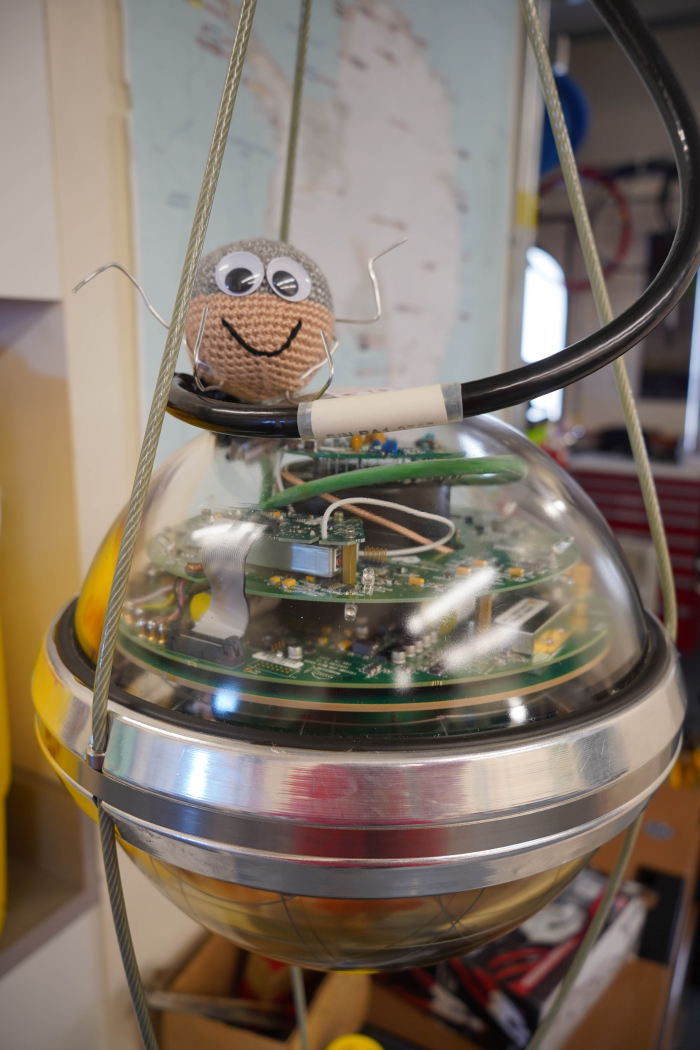
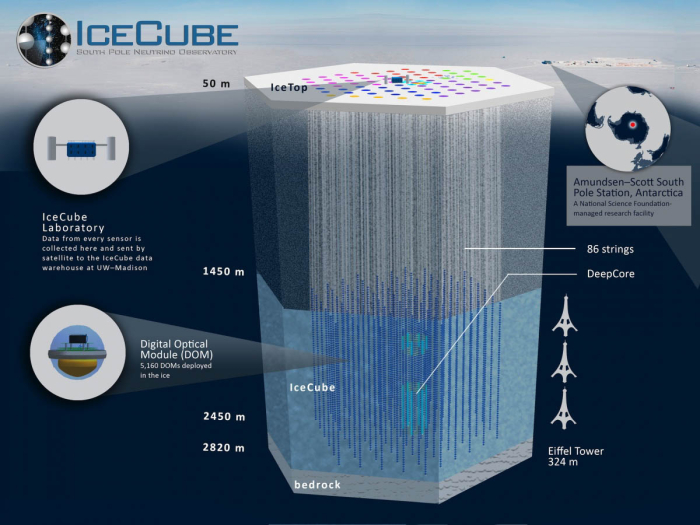
The Askaryan Radio Array (ARA) is an associated project which is also trying to detect neutrinos, but using radio waves instead of photos of visible light. While at the South Pole, I assisted scientists from the ARA project in uncovering their boxes to update circuit boards within the equipment.
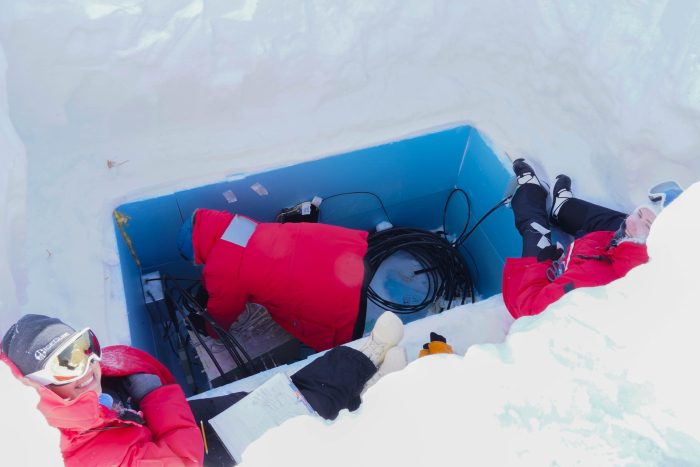
Connections to my Audience
The pandemic created the opportunity to be creative with outreach strategies leading up to my expedition.
Postcard Project I visited 10 Elementary school classrooms in-person ranging from 1st to 5th grade (ages 6-11 years old), and 3 high school classrooms (ages 16-22). In each of these classrooms, I asked students to write questions on postcards that I would answer and mail back from the South Pole Station. I also recorded an introductory video that I sent to 12 other teachers to watch with their classes, and then sent me student questions through a Google Form. I answered these questions on postcards and mailed them back from the South Pole Station. I also spoke to various departments at my science museum and also invited them to write postcards. In total, I sent 600 postcards to school-aged students, and 50 to adult staff members.
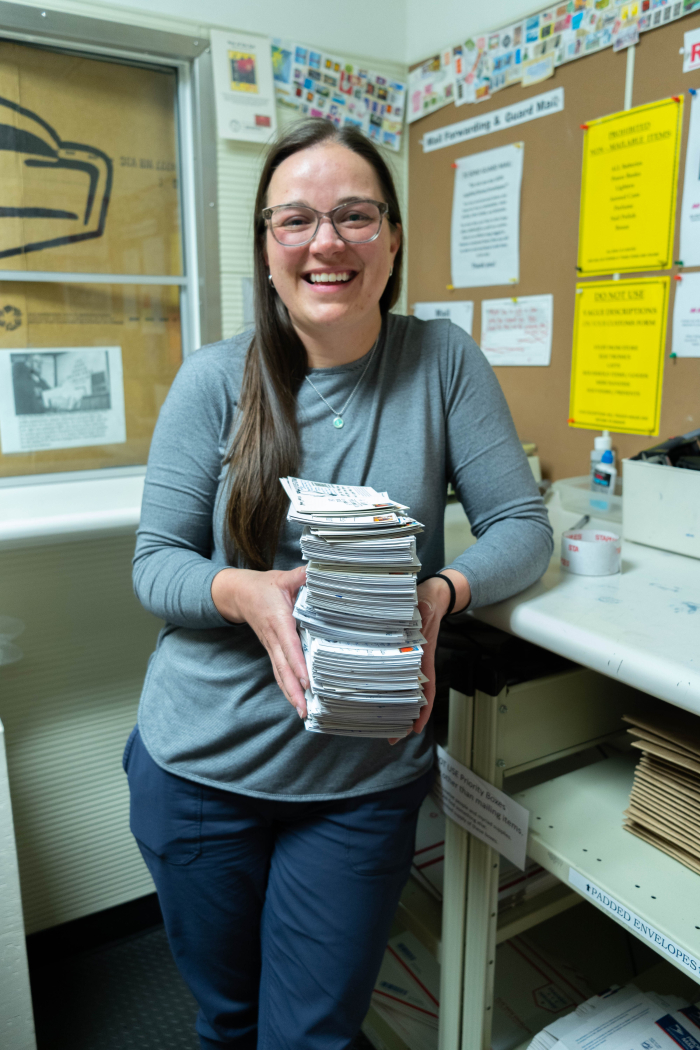
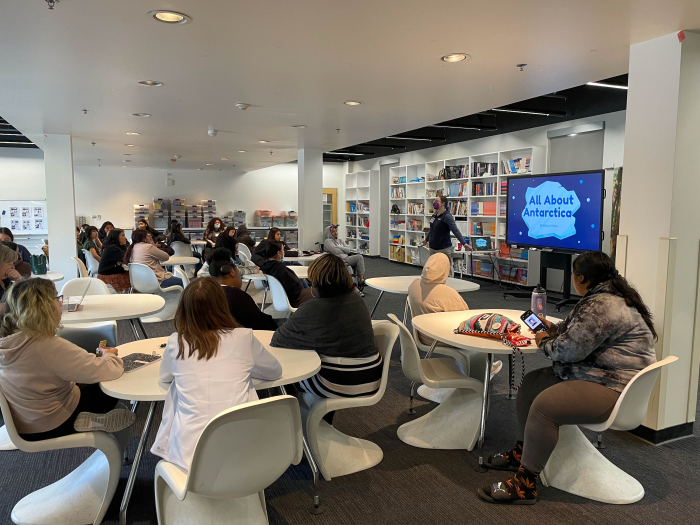
Social Media Outreach I created a social media platform called @elaine.explains on Instagram and Facebook to share my experience and engage a wider audience of family, friends, and their friends before, during, and after my expedition. Every day leading up to the expedition, I released a fun-fact about Antarctica, and picked winners to receive a postcard from Antarctica from those who liked and shared the post. In total, I sent 50 postcards to friends, family, and social media followers.
Every day, I posted my PolarTREC journal on social media as well to build engagement and reach wider audiences.
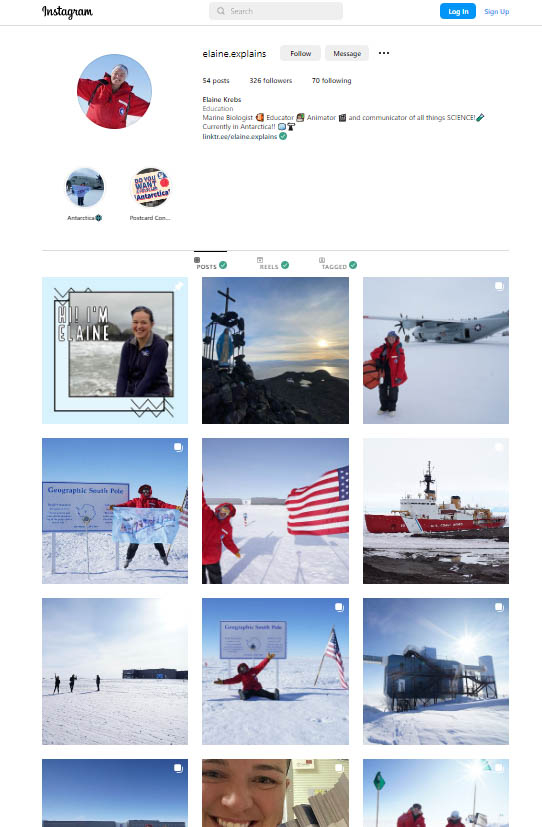
Polar Connect Event While at the South Pole, I hosted a live Zoom meeting for over 100 participants including family, friends, coworkers, and classrooms. Most individuals were those I had reached out directly to via a school visit, personal invitation, or social media promotion. Some joined the event via the PolarEducation mailing list, or word of mouth from other attendees (such as another teacher from a connected school).

Expectations and Outcomes
Due to the wisdom and connections of former PolarTREC teachers, I felt very prepared for my expedition to the South Pole. I expected to participate in more active field research with the IceCube team, but due to the re-launch of the field season after the pandemic, many projects have been delayed.
This allowed me to connect with other research teams, contractors, and support staff of the South Pole in addition to assisting the IceCube team as intended. I was able to tour the ice tunnels, tour the power plant and water filtration stations, and form connections with staff such as the cooks, IT teams, and fire departments. These people were very excited to share their stories and experiences with wider audiences via my outreach projects.
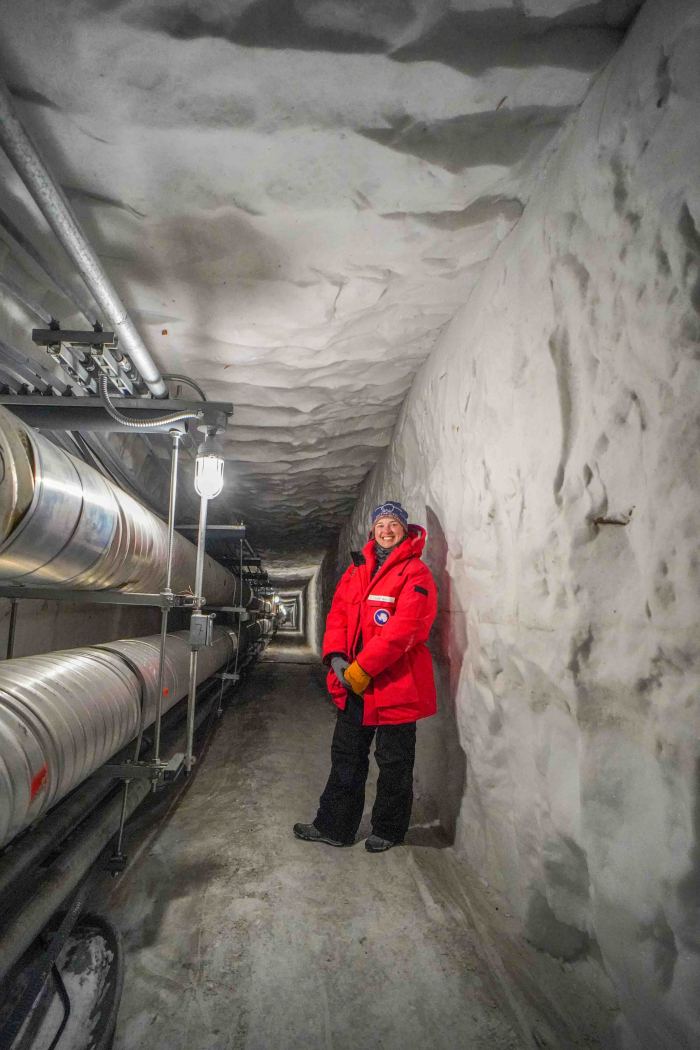
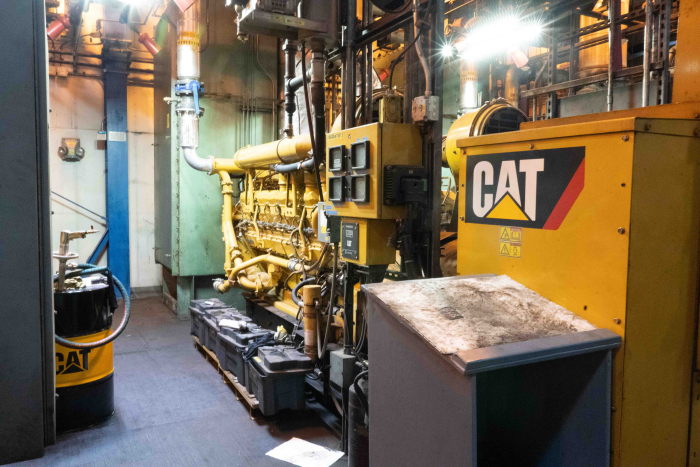
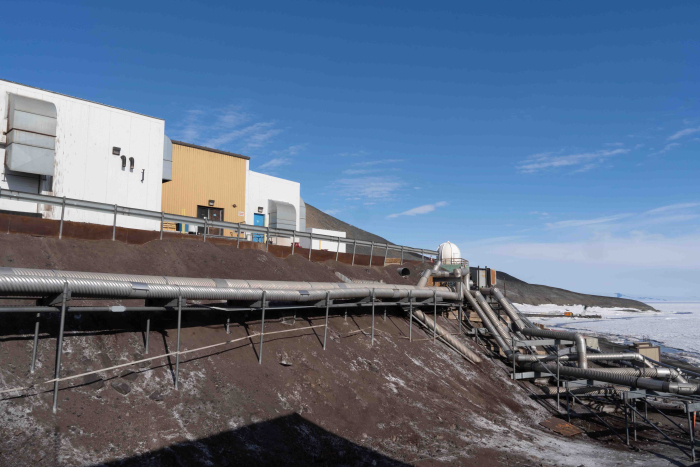
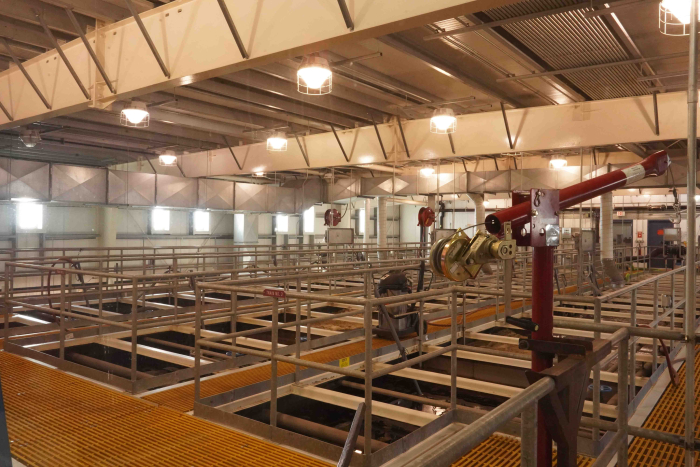
There is so much to be a part of, in addition to science and outreach endeavors. I attended Photography Club, made a film for the South Pole International Film Festival (SPIFF), went sledding and cross-country skiing - and shared that all online too! I felt I was fully able to enjoy and appreciate the experience, as well as the beauty of the South Pole.
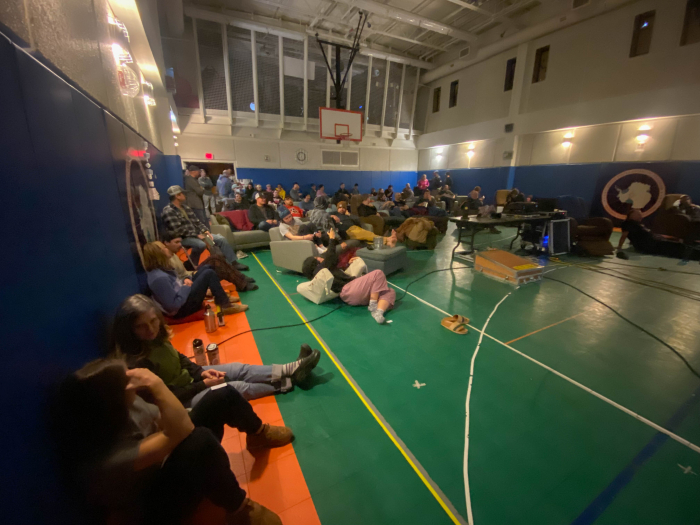
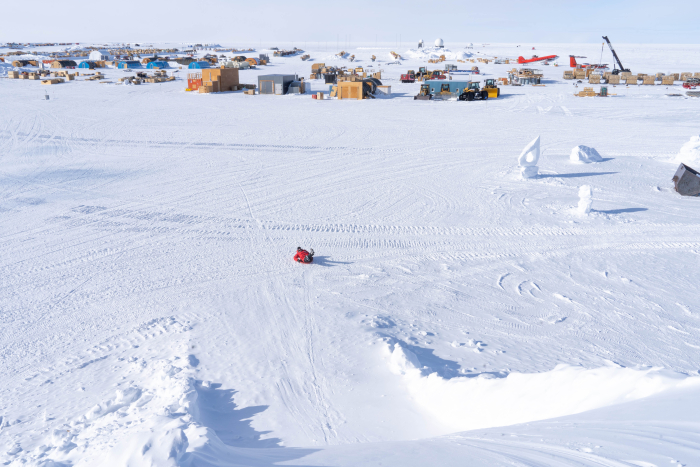
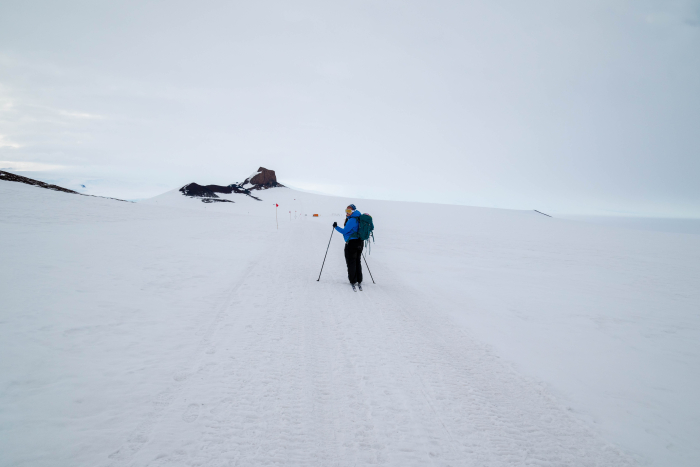
Post-Expedition Outreach
Upon returning from Antarctica, I have been sharing my experience in-person as much as possible. I re-visited my original 10 classrooms, as well as 12 additional elementary and middle school classrooms. I presented about my experience, and allowed students to try on the Extreme Cold Weather Gear I have attended board meetings, sharing my experience with donors for educational organizations. I also attended a public STEM event for middle and high-school girls interested in STEM careers and shared my informal education career, as well as the variety of careers I encountered at the South Pole. Lasly, I have written articles for non-scientific organizations such as Interfaith America and the Religion News Service about my experience.
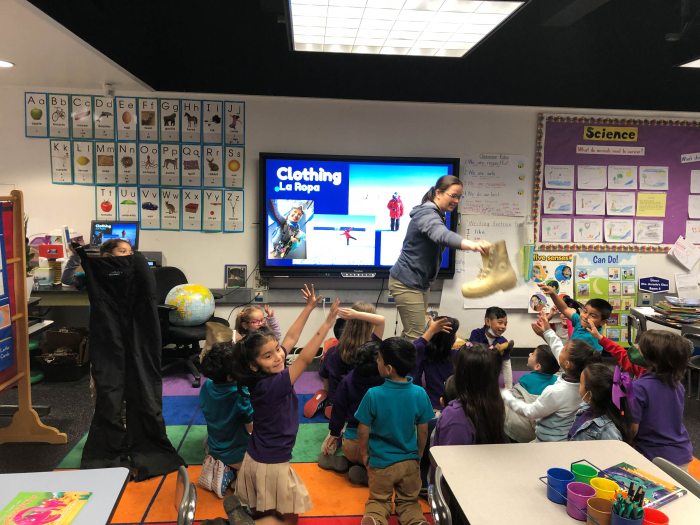
In the future, I plan to continue social media engagement with the audience I have built about Polar Science, and other scientific topics. I will also be creating animated shorts about the science of IceCube and the Antarctic experience. Lastly, I am working with curators to create an exhibit with the flag I brought to Antarctica for permanent display at the California Science Center.
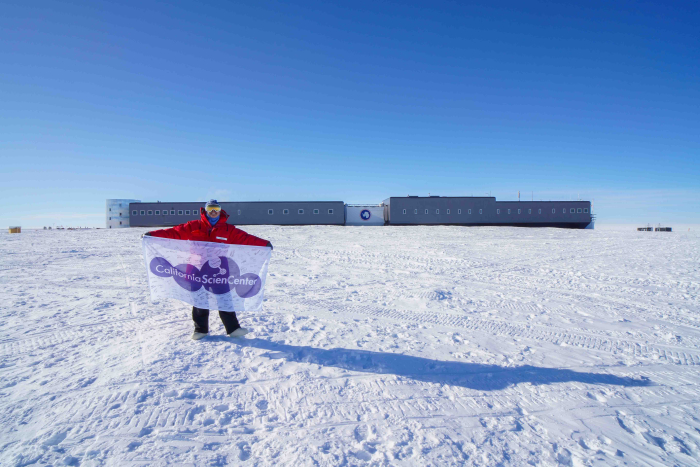
| Attachment | Size |
|---|---|
| Download Report (PDF)8.83 MB | 8.83 MB |
This program is supported by the National Science Foundation. Any opinions, findings, and conclusions or recommendations expressed by this program are those of the PIs and coordinating team, and do not necessarily reflect the views of the National Science Foundation.
